As part of the Imagine Incredible team, I have the opportunity to work with excellent comic book artists. Our latest project is Lightstep Chronicles, a retro futuristic sci-fi space opera with heavy Art Deco undertones. You can see how it looks on our Kickstarter page.
We put a lot of research into the Art Deco movement to get Lightstep Chronicles just right, and were amazed at its overwhelming presence in pop culture. I would like to share with you some of the most noteworthy examples of Art Deco in pop culture:
More info: kickstarter.com
Image credits: lightstepchronicles.com
Passengers (2016):
It’s hard to pin down a genre for this movie. With an abundance of action, drama, sci-fi, and romance tropes, perhaps it’s best to give it the most coveted description of all: a modern space opera. Besides genres, Passengers also plays against a multitude of art styles: the lavish Bar and Vienna Suite stand out from the otherwise minimalist set. The movie’s Art Deco
centerpiece is the rhythmically geometric mural in the spaceship’s bar.
Image credits: www.sonypictures.com
The Great Gatsby (2013)
From movie posters to the actual set, this visual masterpiece exploits Art Deco for all it’s worth. Each scene stands out on its own – gilded, kitchy, and full of that all-American extravagance native to the interwar period. The movie is an honest representation of the Art Deco dream, since the eponymous book it was published as the movement peaked. The standout scene is clearly Jay Gatsby’s party.
Metropolis (1927)
This cult classic has become synonymous with the streamlined dream. In fact, the very idea for the movie was born when director Fritz Lang saw the skyscrapers of New York for the first time. It is safe to say that Metropolis can be credited to the rise in interest for Art Deco outside the US. As a highly visual movie that explores futurist themes, Metropolis was of great importance to us during the worldbuilding phase of Lightstep Chronicles.
Agatha Christie’s Poirot (1989-2013)
In this timeless TV series, David Suchet plays the Belgian private detective Hercule Poirot, and peculiar bon-vivant. For most viewers, Poirot has been a guide through European Art Deco – from the elegant minimalism of the opening credits to luxurious mansions draped in the season’s latest trends. The series carefully explores the interwar mindset of its rich and often scandalous supporting cast while Poirot’s own enthusiasm for good taste celebrates the beauty of design.
Jupiter Ascending (2015)
Say what you will about Jupiter Ascending, the Wachowskis are talented visual directors! Their idea of space is a melting pot of periods and art styles. Spaceships that are larger than life and a golden light catching on warm metallic structures are grandiose to say the least. The art of Jupiter Ascending proves that when put to good use Art Deco designs can make even massive structures feel lightweight.
Image credits: www.ghull.com
Batman (1940)
Though the home of the Dark Knight was always represented as a highly stylized New York, Batman Returns really put the goth in Gotham City. The very first representation of Gotham City was in Batman #4 (1940), and since then, the city grew taller, darker, and exponentially more Art Deco with each appearance. In fact, Dark Deco is the widely accepted term for a large part of the DC universe, helmed by the dark but magnificent cityscapes of Batman comics.
Tommy Tomorrow (1947)
When World War II broke out, Art Deco, the art movement of opulence, became unsustainable. It would have gone away entirely, leaving nothing but tall wonders of metropolitan architecture, had it not been picked up by comic book artists by the large. The combination of Art Deco vehicles and space travel became a most natural union. The cosmic comic book industry practically blossomed during the Space Race. These comics were mostly uniform, but a few space adventurers, such as DC’s Tommy Tomorrow were obvious stand outs.
Flash Gordon (1937)
If you’re a millenial or older, you are now probably humming the iconic theme song for the Flash Gordon movie (1980), performed by Queen. Today, it is dwarfed by the success of the other space opera, Star Wars, but back in the day, Flash Gordon was an intergalactic dream come true. The Flash Gordon comic was a big inspiration for our Lightstep Chronicles – a study in retro-futurism and space adventurers. Sleek, winged, and streamlined, the art of Flash Gordon (his rocket ship and the Planet of Mongo in particular) across all mediums has been nothing short of an Art Deco extravaganza.
Wolfenstein: The New Order (2014)
This grim action-adventure video game in the Bethesda roster plays more into style than you would expect from a first-person shooter. It is one of the many titles that explore a grim alternate history where Nazis won the World War. As it is not set set in the 1920s, the game artists drew from a multitude of art movements, fusing Art Deco tightly with Neoclassicism to create an towering anachronistic Nazi architecture, effectively juxtaposed with famous European landmarks.
Image credits: en.wikipedia.org
BioShock (2007)
The stunning artwork of Bioshock, a video game by 2K Games, is definitely one of the top 3 factors that made it a timeless classic, despite its relatively recent release. Art Deco truly shines through in the underwater city of Rapture. The clear artistic vision is an homage to the movie Metropolis above all. The streamlined underwater towers mimic a neon New York, the closeups include a plethora of Steampunk mechanisms, an anachronistic style that often makes appearances when Art Deco is displaced.
Image credits: www.2k.com
756views
Share on Facebook
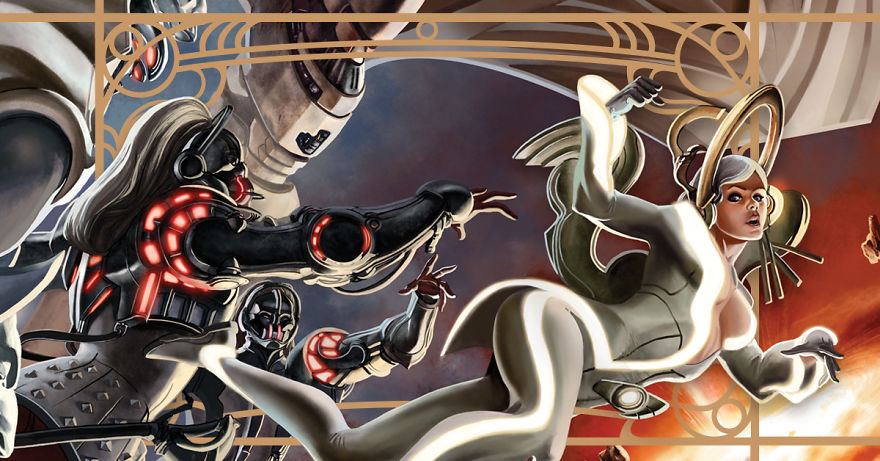
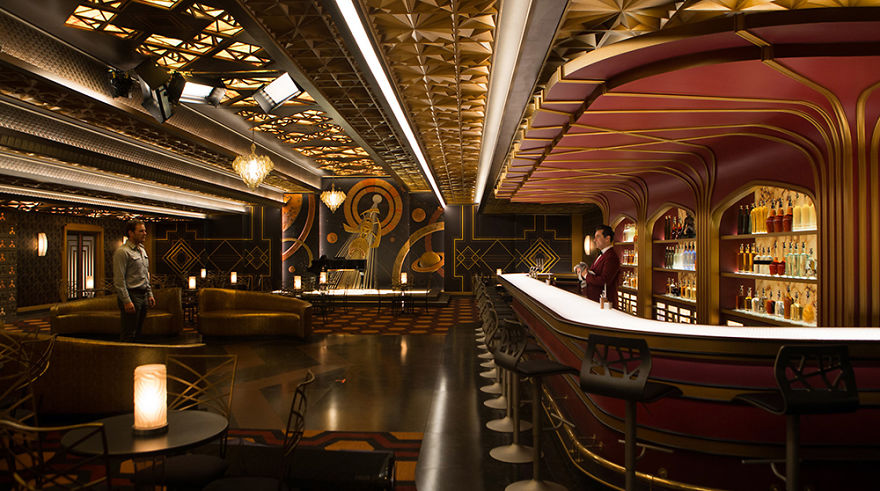
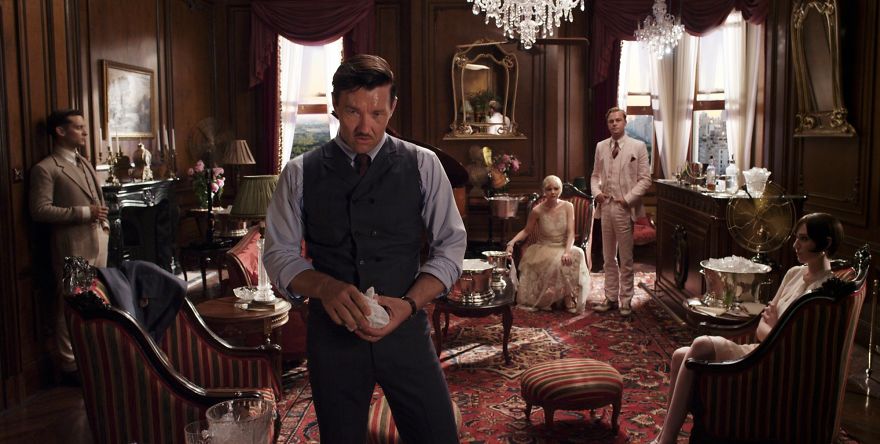
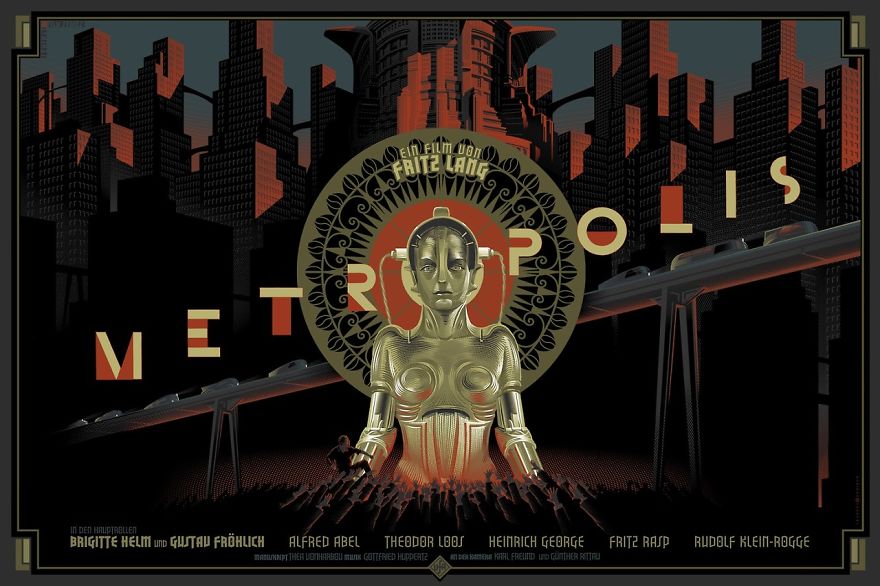
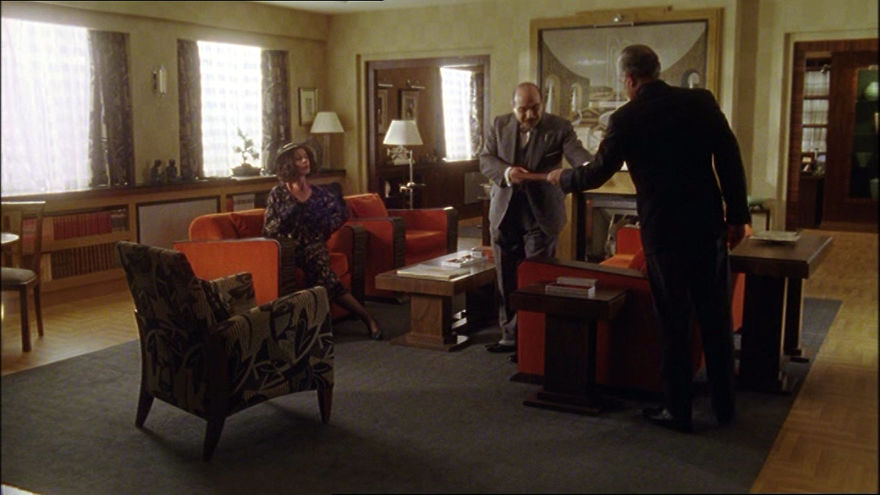
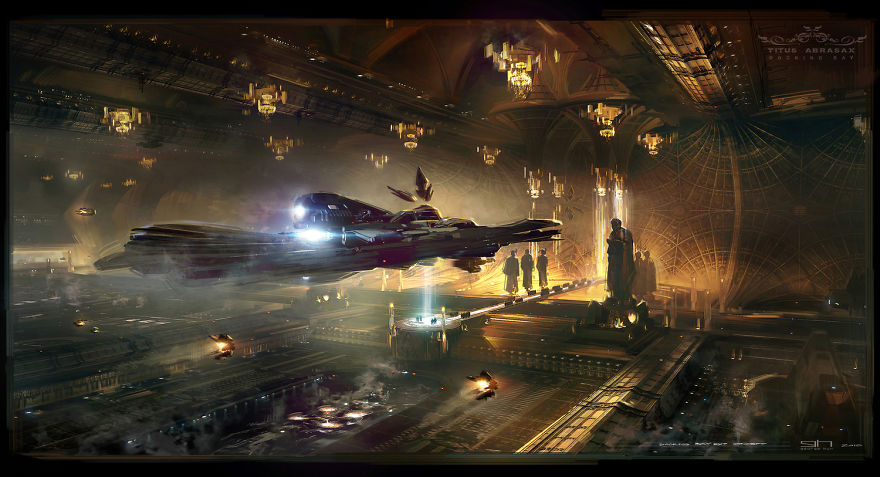
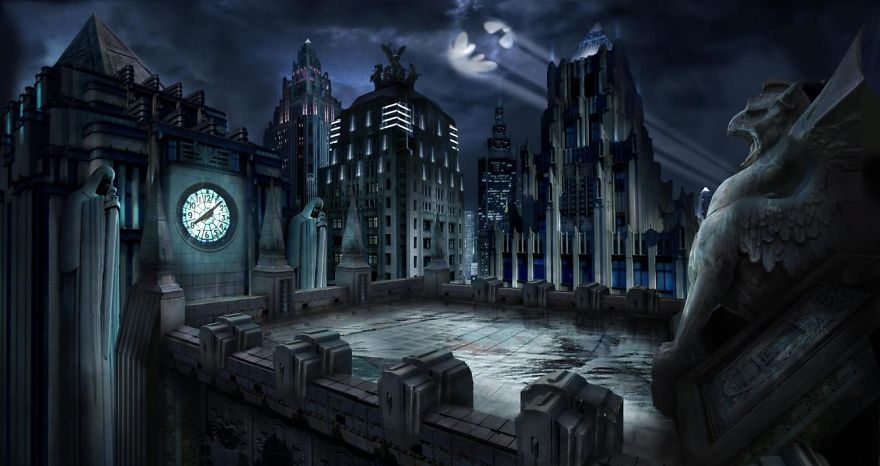
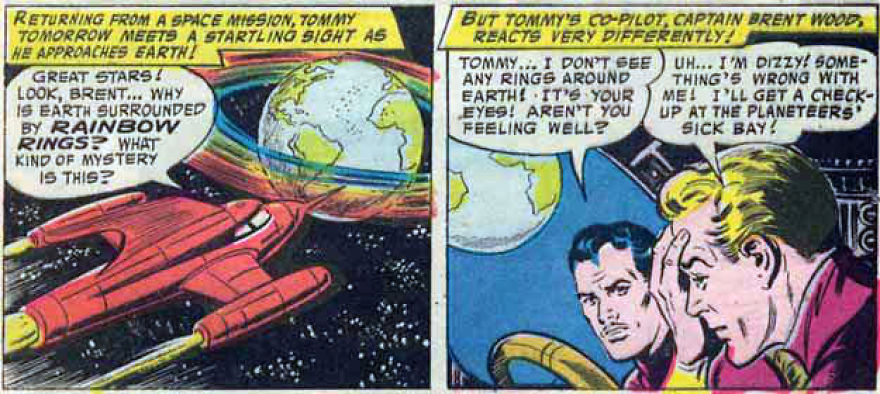
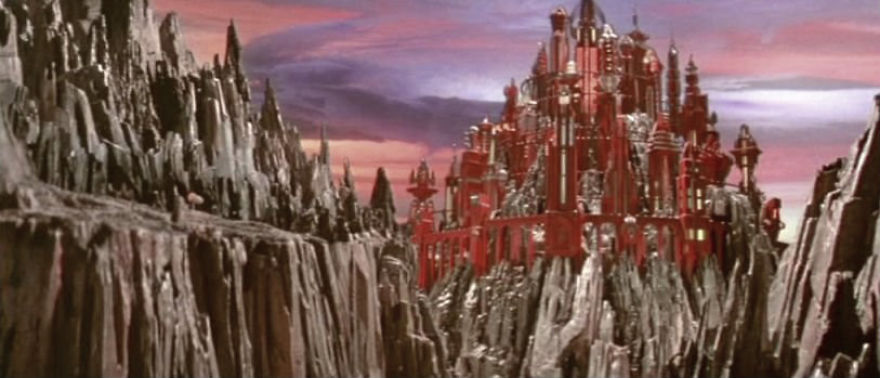
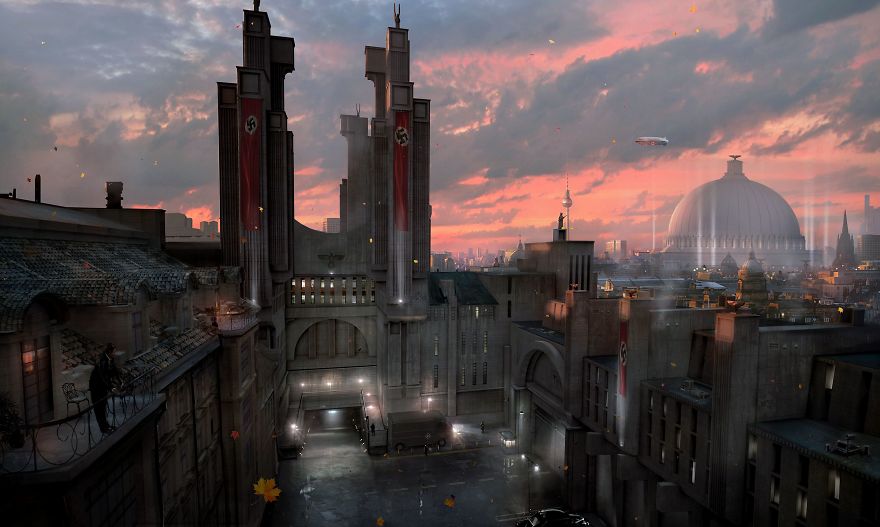
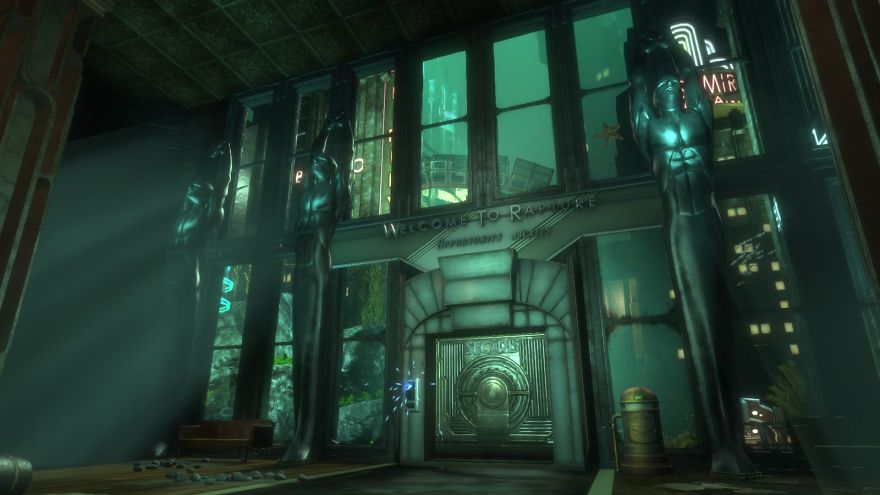



32
0